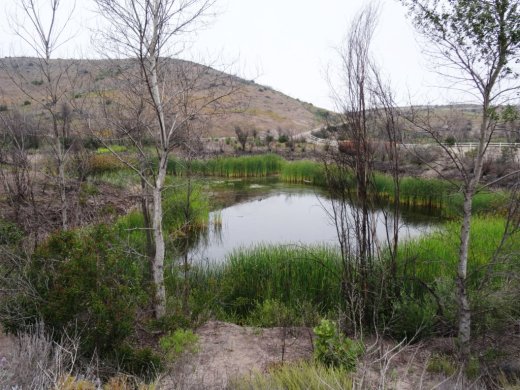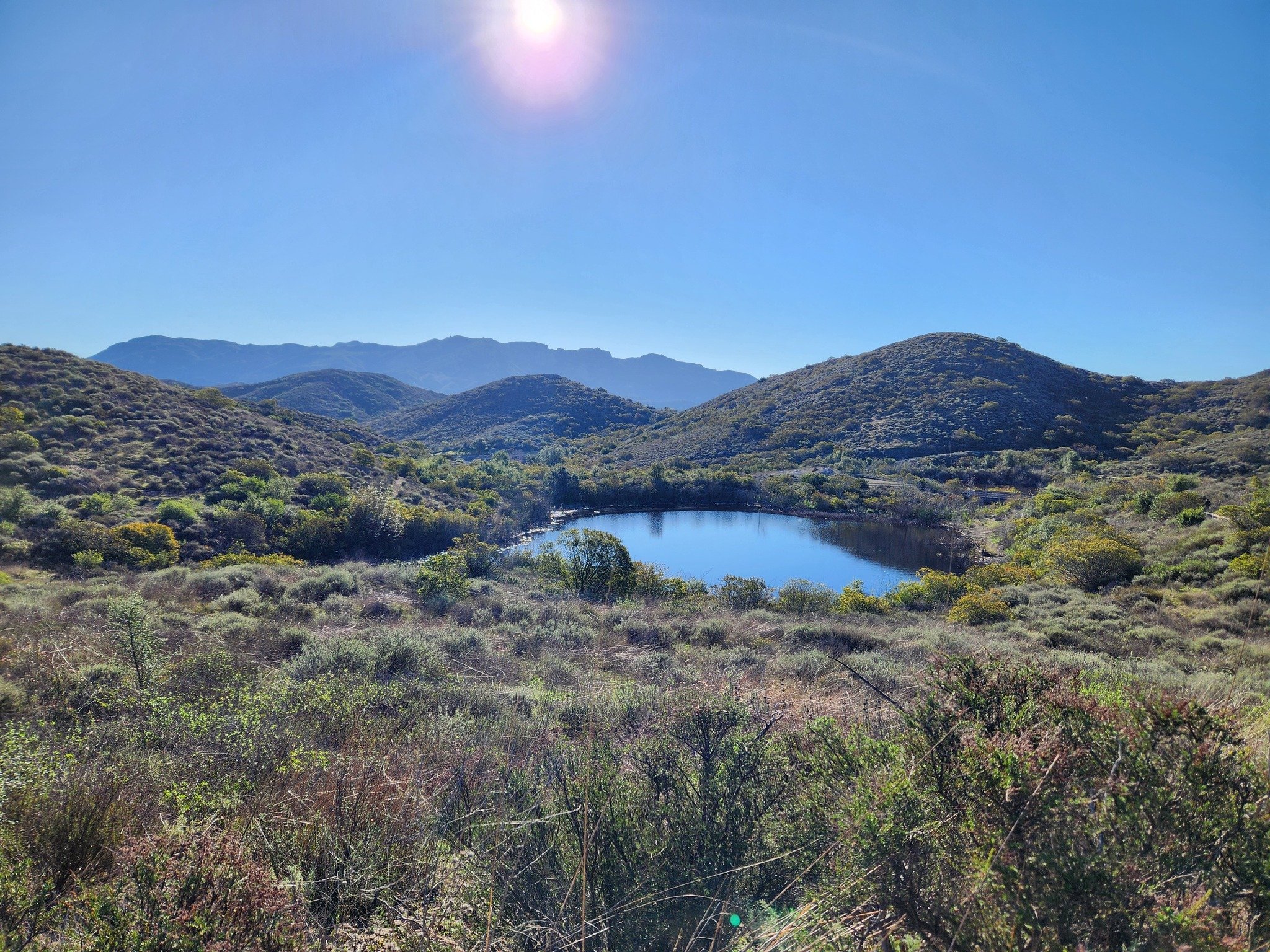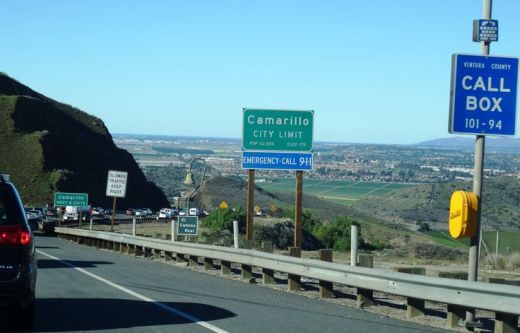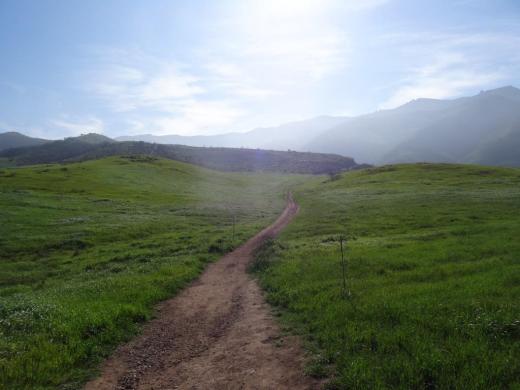Five Notable Historical Sites and Places to See in and Around Ventura County
/In the mid 1850s, the area that we call Ventura County was the southern part of Santa Barbara County. By 1873, Ventura County officially split off from Santa Barbara County and by the turn of the century the cities of San Buenaventura (or Ventura as we know it), Port Hueneme, Santa Paula, Nordhoff (now Ojai), Simi, Somis, Moorpark and Oxnard came on board. Camarillo and Thousand Oaks were late bloomers, incorporating in 1964.
There are hundreds of historical things to see around Ventura County, dozens of which are covered here on Conejo Valley Guide. Let's take a look at five neat places to see Ventura County history to additional information.
Strathearn Historical Park and Museum in Simi Valley has a notable collection of structures and artifacts from Simi's early days. The park is jointly operated by the Rancho Simi Recreation and Park District and Simi Valley Historical Society.
The Museum of Ventura County opened its Agriculture Museum in Santa Paula in September 2011. The museum is housed in the historic 1888 restored mill building. In its 12,000 sq ft, you'll find an extensive collection of vintage farm equipment, tools, machines, clothing, photos and artifacts.
Probably my personal favorite local historical venue, just outside the Ventura County border, is the Leonis Adobe Museum in Calabasas, adjacent to Sagebrush Cantina. If you've never been there, do stop by and bring the kids, as you'll be amazed at how much there is to see in this somewhat hidden location. The kids will love visiting with the collection of farmyard animals, there are lots of historical artifacts, including quite an impressive collection of vintages wagons/carriages and much more.
Bull-ying can be a good thing...at the Leonis Adobe in Calabasas.
Bull-ying can be a good thing...at the Leonis Adobe in Calabasas. Fun to watch.
The Camarillo Ranch House is a 6,000 sq ft Victorian home built by Adolfo Camarillo, son of city namesake Juan Camarillo, in 1892. The house is owned by the City of Camarillo and the nonprofit Camarillo Ranch Foundation maintains the property, which has been restored to look how it looked in the 1904 to 1930 time frame. Take a docent-led tour of the house and enjoy one of the most beautiful venues for outdoor weddings and events in Ventura County...immaculate grounds and stunning, mature trees at this peaceful location that is right off the 101.
Last but not least is the Stagecoach Inn Museum in Newbury Park, home to a replica of the 1876 Grand Union Hotel. Take a docent-led tour, check out the quaint gift shop and tour the grounds, which includes a Chumash Indian village, rose garden, nature trails and more. The site is home to a historic Sycamore Tree that is over 250 years old. Adjacent to the museum is a park with some uniquely designed playground equipment.
For hundreds and hundreds of things to do, check out the Do Something section of CVG.





















































